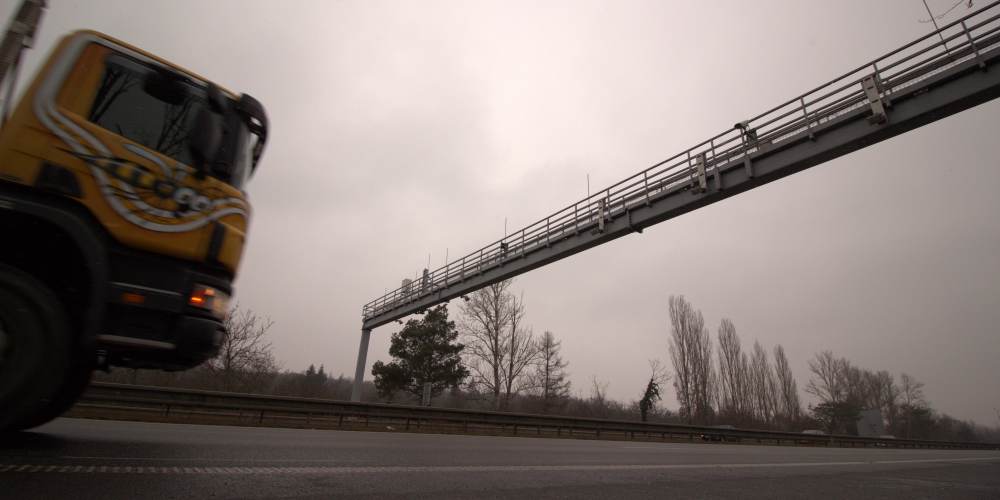Acquiring WIM: Locating a Site
Weigh-In-Motion is the best solution for protecting roads. There are certain things to consider when planning a WIM station. Alongside location matters, very important and often underestimated ones are road and pavement characteristics.

Acquiring WIM
Supposing you have come to the conclusion that equipping the infrastructure with WIM is the best way to deal with overloaded trucks. Now you might think about approaching a practical matter of actualization. As the process of acquiring the WIM is much more complicated than shopping for groceries, there are some points to take into consideration. This article is presented to help you with some of them.
WIM Site Location
The WIM is usually placed on a highway or another important connection with a high traffic intensity and, most importantly, a high concentration of heavy vehicles. Such a road section is confronted with a lot of stress caused by the trucks, is easily damaged and therefore needs protection. Between important logistical centers, such as industrial zones and airports, ports etc., the chance of overloading occurrence is far from being insignificant. Take this into consideration. Within this section (typically 10 to 30 km monitored), the spot for a WIM site is selected. Remember not any spot can be chosen. Generally, it is advised not to install more than one system on one transport route. Concentrate more on building a network of stations to cover the whole region.
The users of the data provided by WIM are usually those determining the application of the system. It could be simply collecting data for the statistics purposes, pre-selection with a static or low speed scale (the station is usually already present, only later aided by WIM to raise efficiency) or direct enforcement. This fact influences the site locating as well.
Road and Pavement Characteristics
The basic purpose of all the WIM applications is to collect high-quality data. The road the sensors are installed into plays a significant role in reaching this goal. Any decision maker needs to pay attention to this matter as the system generally won’t function as desired when the site is placed on a bad road.
Your WIM performance can only get as good as the road
you are equipping.
According to COST323, it is strongly recommended that the road section between 50 m upstream and 25 m downstream of the system meets the following geometrical characteristics:
- Longitudinal slope < 1 % for accuracy class B+ (7) and higher or 2 % for other accuracy classes
- Transverse slope < 3 %
- Radius of curvature > 1000 m; straight road is ideal
The system weighs best when the traffic flow is maximally fluent. Therefore, the site should be installed away from any area of acceleration or deceleration, just as from a place where queuing is expected. Slip-roads or areas with changing number of lanes should also be avoided as maneuvering negatively influencing driving fluency occurs. The same applies for any infrastructure elements crossing of which results in extra vehicle dynamics.
Pavement quality significantly influences weighing accuracy and is just as important as selecting the site spot itself.
Pavement quality is just as important as selecting the site spot itself. WIM is commonly installed in a place where the road is new or has gone through a complete reconstruction. Simply, ruts are to be avoided. This way it also does not happen that the reconstruction is planned shortly after the system installation. That would be a problem as it would either damage the sensors or result in a necessity of re-installation. COST323 specifies the pavement:
- No hard spots in the underlying courses or under the wearing course (toll slabs, service tunnels, etc.)
- Thickness of bonded layers greater than 10 cm
- Good mechanical bonding between courses, in particular of bituminous concrete on granular materials stabilized by hydraulic binders. The sensors must be installed in homogeneous layers, not in a joint
- Surfacing should be deterioration-free in the area of sensor installation
- Pavement homogenous across each traffic lane, ruling out the presence of joints of coated materials in the length of a sensor
Specific road requirements differ across demanded accuracy classes. The most detailed information is found in specifications COST323, ASTM E1318 or NMi 2016.
For further consulting linked with your WIM project, contact CAMEA team.